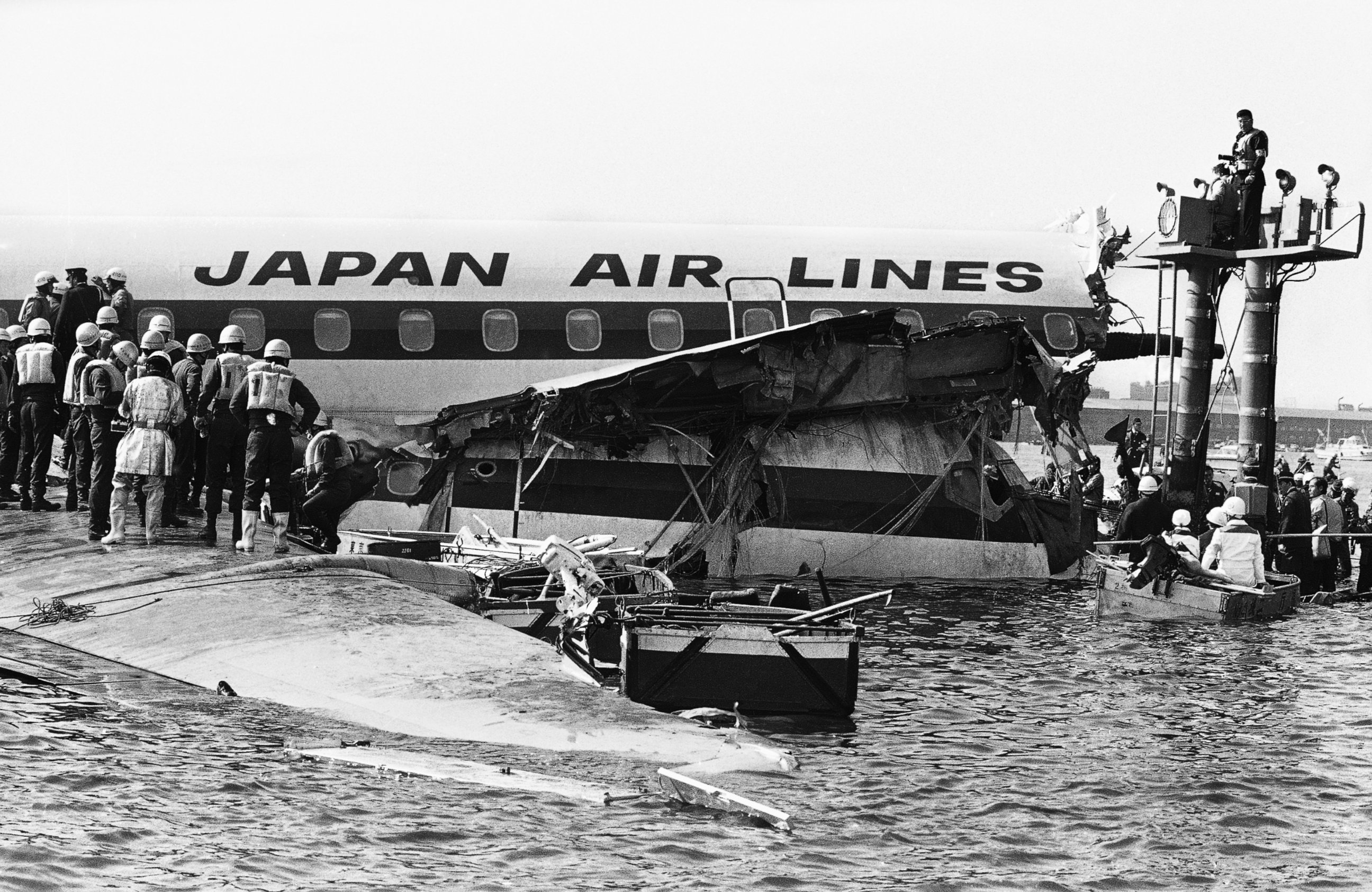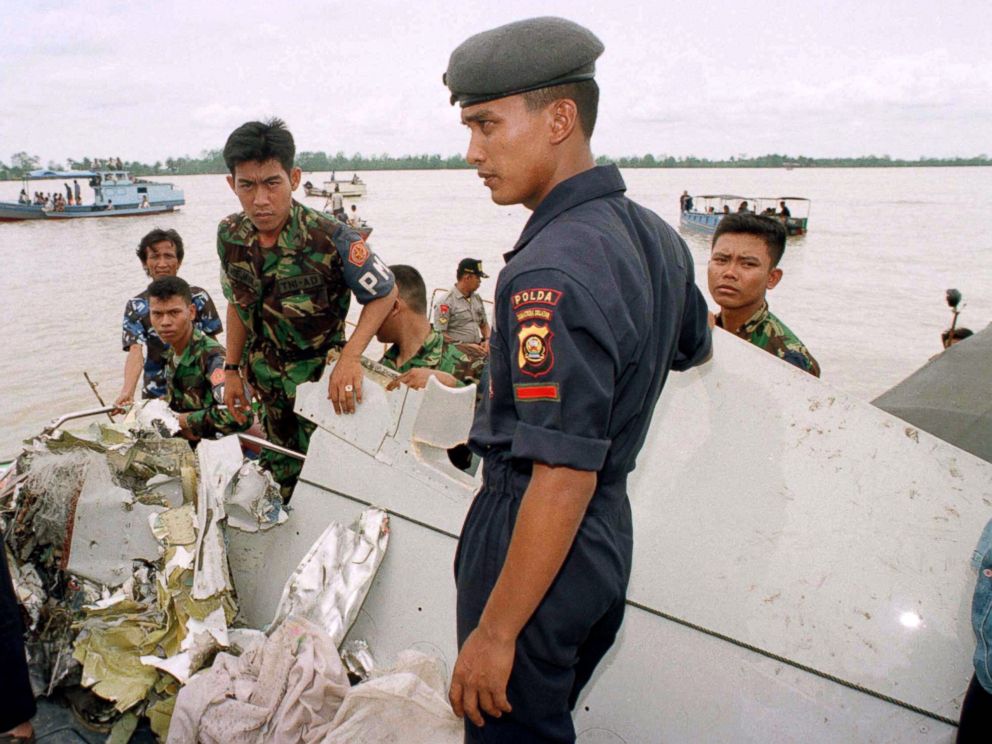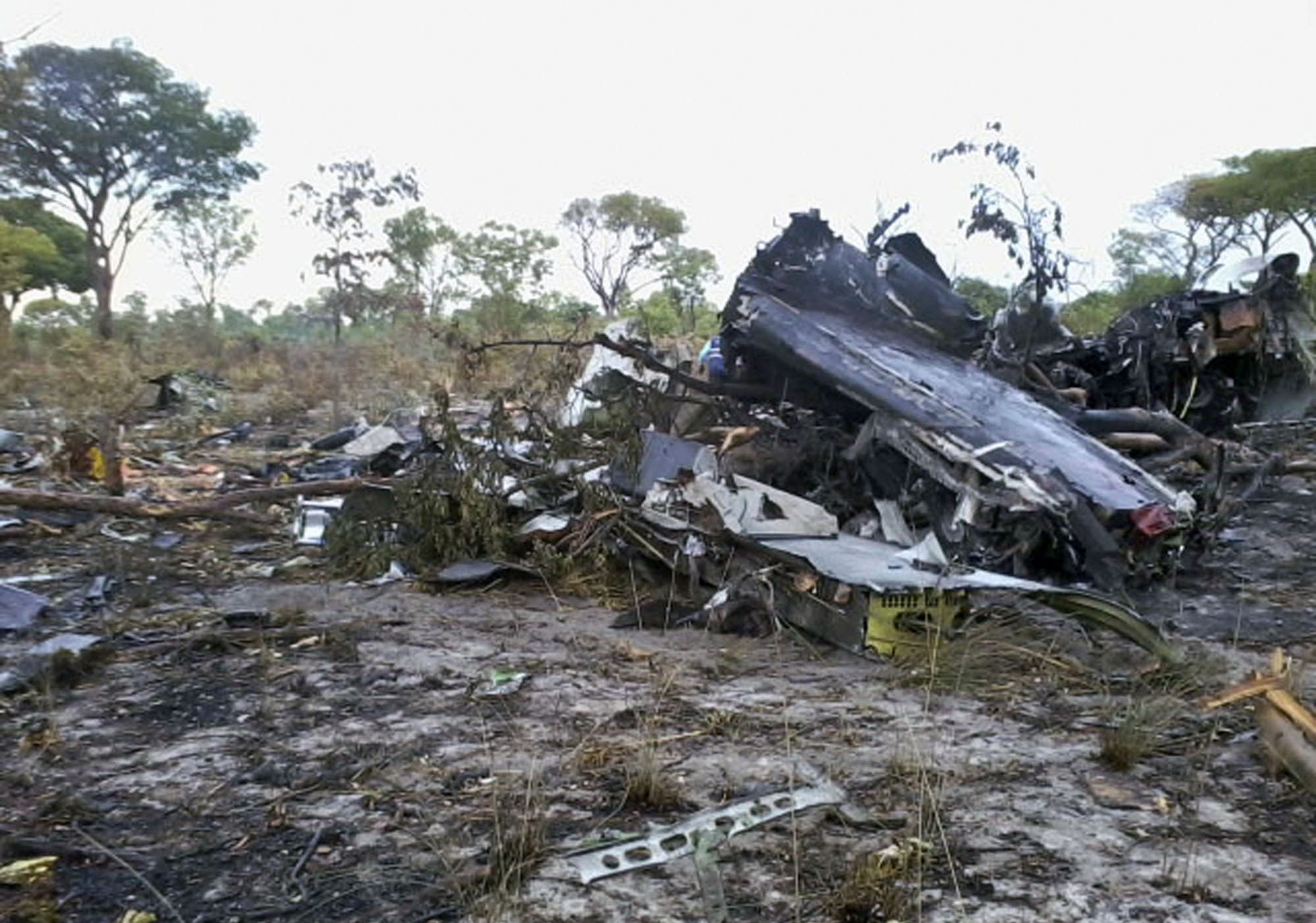Germanwings Crash: How Often Pilots Commit 'Aircraft-Assisted Suicide'
Researchers examined 20 years of plane crash data to delve into suicides.
— -- Although authorities said the co-pilot of the Germanwings flight that crashed earlier this week in France intended to “destroy the plane” with 150 people on board, so-called “aircraft-assisted suicides” are rare, according to researchers who reviewed decades of crash data. Still, they’ve occurred in the past, and sometimes, the pilots expressed their intentions beforehand, according to their study.
Of the 7,244 fatal airplane crashes in the United States from 1993 through 2012, 24 were the result of aircraft-assisted suicide, the authors concluded in the 2014 study published in the journal "Aviation, Space and Environmental Medicine."
That's 0.33 percent, and they noted that most of these flights were private, not commercial.
But the study's lead author, Dr. Alpo Vuorio of the Mehilainen Airport Health Centre in Finland, said their findings show a need for greater transparency by the pilots’ when it comes to self-reporting their psychological conditions. He said five of the eight pilots involved in aircraft-assisted suicides in the United States from 2003 through 2012 somehow voiced their suicidal thoughts beforehand, investigators uncovered after the crashes. Yet those suicidal thoughts were not disclosed to aviation doctors or the airlines by the pilots or those who knew of their suicidal thoughts.
"Somebody knew," Vuorio said. "They’re [crash investigators] not saying the aviation doctor knew. That information was there, but it wasn't spoken about and that's sad.”
The Federal Aviation Administration requires pilots to undergo medical evaluations at least once a year, but Seattle-based aviation analyst Todd Curtis, said psychological conditions are mostly self-reported.
"If you self-identify that you have certain things wrong with you, you can be denied license," he said. "If you can pass a medical exam where there's very little vetting of information outside the exam, sure, you can fly."
Until five years ago, U.S. pilots weren't allowed to take most antidepressants. Today, most psychological conditions require an FAA decision before pilots can be allowed to fly, according to the administration's guide for aviation medical examiners. Conditions including psychosis, bipolar disorder and a prior suicide attempt are grounds for denying or deferring a pilot’s license. It’s up to the FAA to make a final decision.
The FAA was not immediately available for comment.
In Europe, pilots "may" be required to undergo psych evaluations and those with "schizotypal or delusional" disorders will not be allowed to fly, according to published guidelines.
Notable suspected aircraft-assisted suicides involved commercial flights such as Silk Air Flight MI 185 in 1997 and LAM Mozambique Airlines Flight 470 in 2013. And according to Curtis, who founded AirSafe.com in the mid-1990s in order to track airplane accidents, there are others that officials determined to have been sabotaged by pilots or are suspected of having been downed by their pilots.
Japan Air Lines in 1982
In 1982, a Japan Air Lines pilot reportedly "lost his senses" and crashed a plane carrying 150 people into Tokyo Bay, killing 24 of them but not the pilot, according to the New York Times. There was reportedly a fight in the cockpit before the plane went down.

Silk Air in 1997
In 1997, all 104 people aboard Silk Air flight MI 185 died when the flight went down in Indonesia. Contradicting findings by Indonesian authorities, which ruled out a suicide, U.S. investigators determined that the crash was intentional.
"The accident can be explained by intentional pilot action," they said in a letter to Indonesian investigators in 2000. "The evidence suggests that the cockpit voice recorder was intentionally disconnected."

EgyptAir in 1999
Egypt Air Flight 990 went down near Nantucket, Massachusetts, in 1999, killing all 217 people on board, ABC News reported at the time. Investigators concluded that there was nothing wrong with the plane itself -- as EgyptAir suggested -- and wondered whether the crash was intentional.
The NTSB led this investigation and wrote in its final report, "The National Transportation Safety Board determines that the probable cause of the EgyptAir flight 990 accident is the airplane's departure from normal cruise flight and subsequent impact with the Atlantic Ocean as a result of the relief first officer's flight control inputs. The reason for the relief first officer's actions was not determined.

LAM Mozambique Airlines in 2013
All 33 people aboard LAM Mozambique Airlines flight 470 died in 2013 after the pilot put the plane into a "dangerously steep dive, seemingly on purpose" in Namibia, according to Vuorio's study.
The accident remains under investigation.

Malasia Air in 2014
Malaysia Air flight 370 disappeared last March carrying 277 passengers and 12 crew members. About an hour into the flight from Kuala Lumpur, Malaysia to Beijing, air traffic controllers lost contact with it, and investigators believe it flew thousands of miles off-course.
Despite more than a year of searching, the plane has not been found.
Get real-time updates as this story unfolds. To start, just "star" this story in ABC News' phone app. Download ABC News for iPhone here or ABC News for Android here.




